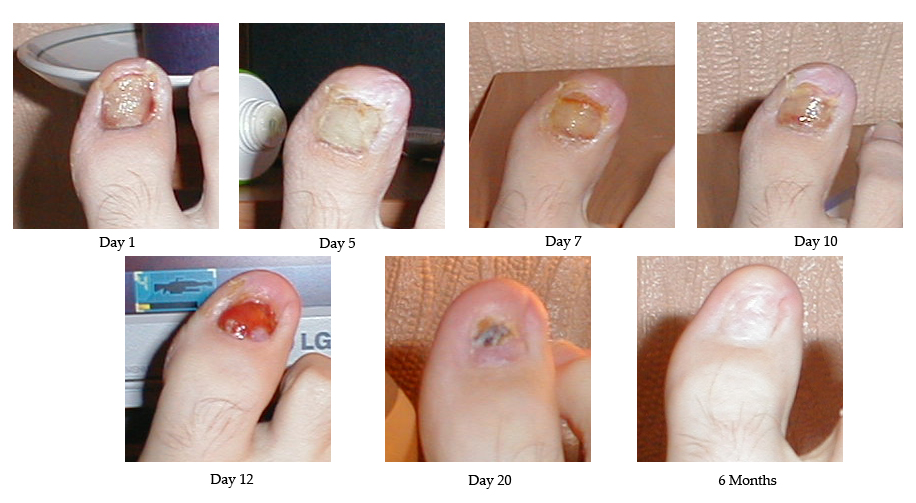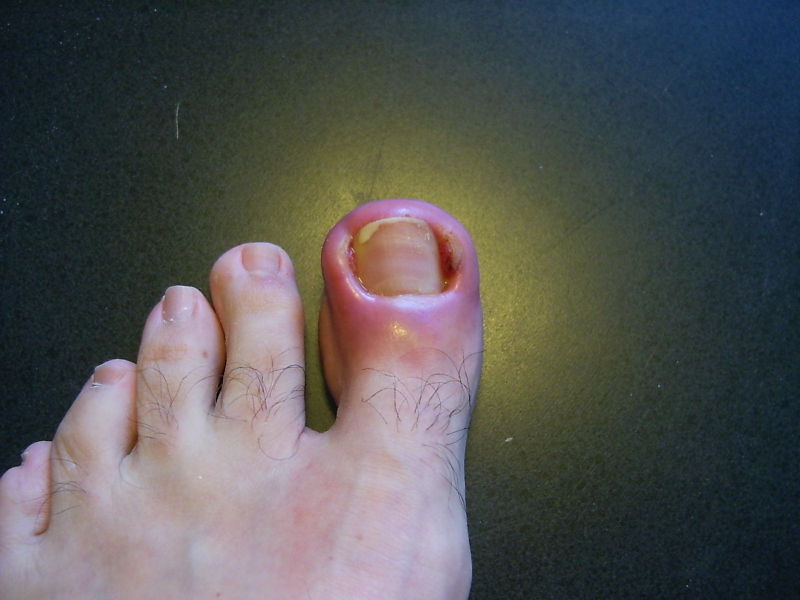An ingrown toenail, also known as onychocryptosis in medical terms, is a common condition that affects many individuals at some point in their lives. It occurs when the edge of a toenail grows into the surrounding skin instead of over it. This can lead to pain, swelling, and even infection if not treated properly. While this condition is most commonly seen in the big toe, it can occur in any toe. Understanding the causes, recognizing the symptoms, and exploring treatment options are essential for managing this uncomfortable problem effectively.

What Are the Causes of Ingrown Toenails?
Ingrown toenails can develop due to a variety of reasons, ranging from improper nail care to underlying health conditions. Below are some of the most common causes:
Improper Nail Trimming
- One of the leading causes of ingrown toenails is cutting the nails too short or rounding the edges instead of trimming them straight across. When nails are cut incorrectly, the corners or sides of the nail may grow into the skin.
Tight Footwear
- Wearing shoes that are too tight or narrow can put excessive pressure on the toes. This pressure forces the nail into the skin, increasing the likelihood of an ingrown toenail.
Injury to the Toe
- Accidents such as stubbing your toe or dropping a heavy object on it can damage the nail bed. As the nail grows back, it may become ingrown due to the trauma.
Nail Shape and Genetics
- Some people are more prone to ingrown toenails because of the natural shape of their nails. If your nails naturally curve downward, you may be at a higher risk. Additionally, genetic factors can play a role in how nails grow.
Poor Foot Hygiene
- Failing to keep your feet clean and dry can create an environment where bacteria thrive. This increases the risk of infection if an ingrown toenail develops.
Underlying Health Conditions
- Certain medical conditions, such as diabetes or peripheral artery disease, can affect blood flow to the feet and make individuals more susceptible to ingrown toenails. These conditions also increase the risk of complications if an ingrown toenail becomes infected.
Recognizing the Symptoms of Ingrown Toenails
Identifying the symptoms early can help prevent complications and ensure timely treatment. The signs of an ingrown toenail often progress as the condition worsens. Here are the most common symptoms:
Pain and Tenderness
- The first sign of an ingrown toenail is usually pain or tenderness around the affected area. This discomfort may be mild at first but can intensify as the nail grows deeper into the skin.
Redness and Swelling
- The skin surrounding the toenail may become red and swollen. This inflammation is the body’s response to irritation caused by the nail pressing into the skin.
Bleeding
- In some cases, the ingrown toenail may cause the skin to break, leading to minor bleeding. This can further increase the risk of infection if proper care is not taken.
Pus or Discharge
- If an infection develops, you may notice pus or yellowish discharge coming from the affected area. This is a clear indication that the condition has progressed and requires immediate attention.
Difficulty Walking
- As the pain worsens, walking or putting pressure on the affected toe may become difficult. This can significantly impact daily activities and quality of life.
Treatment Options for Ingrown Toenails
The treatment for an ingrown toenail depends on the severity of the condition and whether an infection is present. In mild cases, home remedies may suffice, while more severe cases may require professional medical intervention. Below are some of the most effective treatment options:
Home Remedies
For mild cases of ingrown toenails, simple home remedies can often provide relief. These methods focus on reducing pain and preventing further irritation:
- Soaking the Foot: Soak the affected foot in warm, soapy water for 15 to 20 minutes several times a day. This helps reduce swelling and soften the skin, making it easier to manage the ingrown nail.
- Gently Lifting the Nail: After soaking, use a clean tool, such as a cotton swab, to gently lift the edge of the nail away from the skin. Place a small piece of cotton or dental floss under the nail to encourage it to grow above the skin.
- Applying Antibiotic Ointment: Apply an over-the-counter antibiotic ointment to the affected area to prevent infection and promote healing.
- Wearing Comfortable Shoes: Opt for open-toed or loose-fitting shoes to reduce pressure on the toe and allow it to heal.
Medical Treatments
If home remedies do not provide relief or if an infection is present, it is important to seek medical attention. A healthcare professional can offer more advanced treatments:
- Partial Nail Removal: In cases where the ingrown portion of the nail is causing significant pain or infection, a doctor may perform a minor procedure to remove the affected part of the nail. This is typically done under local anesthesia.
- Total Nail Removal: For recurring or severe ingrown toenails, the entire nail may need to be removed. This procedure is more invasive but can provide long-term relief.
- Antibiotics: If an infection is present, oral or topical antibiotics may be prescribed to clear the infection and prevent it from spreading.
Surgical Options
In chronic cases where ingrown toenails frequently recur, surgery may be recommended. This involves removing a portion of the nail bed to prevent the nail from growing back in the same problematic way. Surgical options are typically considered only after other treatments have failed.
Preventive Measures
Preventing ingrown toenails is often easier than treating them. By adopting good foot care habits, you can reduce the risk of developing this painful condition:
- Trim Nails Properly: Cut your toenails straight across and avoid rounding the edges. Ensure that the nails are not trimmed too short.
- Choose Appropriate Footwear: Wear shoes that fit well and provide enough room for your toes to move comfortably.
- Maintain Foot Hygiene: Wash your feet regularly and keep them dry to prevent bacterial growth.
- Inspect Feet Regularly: If you have diabetes or another condition that affects circulation, inspect your feet daily for signs of ingrown toenails or other issues.
When to Seek Medical Attention
While many cases of ingrown toenails can be managed at home, there are certain situations where professional medical care is necessary. You should seek medical attention if:
- The pain is severe and interfering with daily activities.
- There are signs of infection, such as pus, red streaks, or fever.
- You have diabetes or another condition that affects blood flow to the feet.
- The ingrown toenail does not improve after attempting home remedies for several days.





